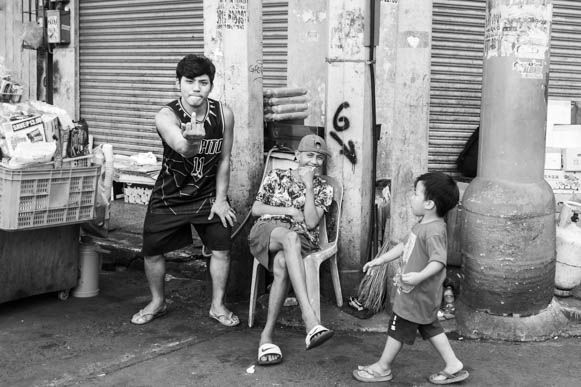Silhouettes and Backlighting: Play with Light in Your Urban Photos
- Miguelitor
- Feb 21
- 3 min read
Urban photography offers a wide range of creative opportunities, and one of the most fascinating and visually striking techniques is the use of silhouettes and backlighting. These effects can transform ordinary scenes into dramatic and evocative images, using light and shadow to tell stories in a unique way.

The Magic of Silhouettes
Definition and Concept
Silhouettes are dark, detail-less shapes that stand out against a brighter background. In urban photography, silhouettes can add a sense of mystery and drama to your images. By eliminating the details of the subject and focusing on its outline, you can create powerful and minimalist compositions.
How to Capture Silhouettes
Strong Light Source: To create a silhouette, you need a strong light source behind the subject. This could be the setting sun, city lights at dusk, or even the artificial glow of a streetlamp.
Exposure Settings: Adjust your camera's exposure for the bright background instead of the dark subject. This ensures the background is properly exposed while the subject appears dark.
Composition: Focus on the shape and outline of the subject. Look for poses or situations that create recognizable and appealing forms.
Examples of Urban Silhouettes
People Walking: Capture silhouettes of people walking against a sunset or a brightly lit screen.
Architecture: Use the silhouette of buildings or iconic structures against a bright sky.
Transportation: Photograph the silhouettes of vehicles, bicycles, or moving trains.
The Charm of Backlighting
Definition and Concept
Backlighting occurs when the light source is directly behind the subject, creating a halo of light around it. Unlike silhouettes, backlighting allows some details of the subject to remain visible, adding a layer of complexity and beauty to the image.
How to Capture Backlighting
Light Positioning: Place the light source directly behind the subject to create a backlighting effect. This could be the sun, city lights, or any other strong light source.
Exposure: Experiment with exposure to balance the light in the background and the details of the subject. Slight underexposure can prevent the background from being overly bright.
Use of Reflectors: If you want to recover some details on the subject, you can use reflectors or flash to lightly illuminate the shadowed side.
Examples of Urban Backlighting
Portraits: Capture portraits with the sun behind the subject, creating a halo of light around their head.
Urban Landscapes: Photograph the city at sunrise or sunset, when sunlight creates long backlighting effects on buildings and streets.
Everyday Scenes: Use backlighting to highlight everyday scenes, like an outdoor café with the sun setting behind the buildings.
Tips and Tricks
Experiment with Different Times of Day
Light changes throughout the day, offering different opportunities for capturing silhouettes and backlighting. Sunrise and sunset are ideal times, as the light is softer and golden.
Play with Composition
Incorporate city elements into your compositions. Reflections in windows, shadows cast by buildings, and city lights can add depth and interest to your photos.
Post-Processing
Post-processing can help you enhance the effects of silhouettes and backlighting. Adjust contrast and exposure to improve clarity and visual impact in your images.
Conclusion
Playing with light in your urban photos through silhouettes and backlighting can transform ordinary scenes into breathtaking works of art. These techniques allow you to explore the interplay between light and shadow, creating images filled with drama and emotion.
The next time you head out to photograph the city, look for opportunities to capture these magical effects and discover how light can tell stories in surprising ways.
Happy urban photography!



Comments